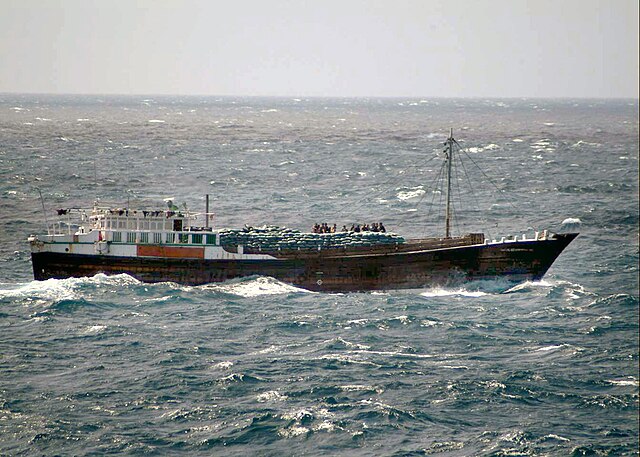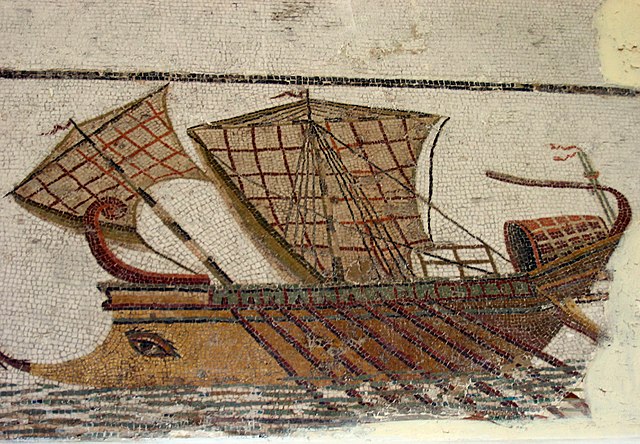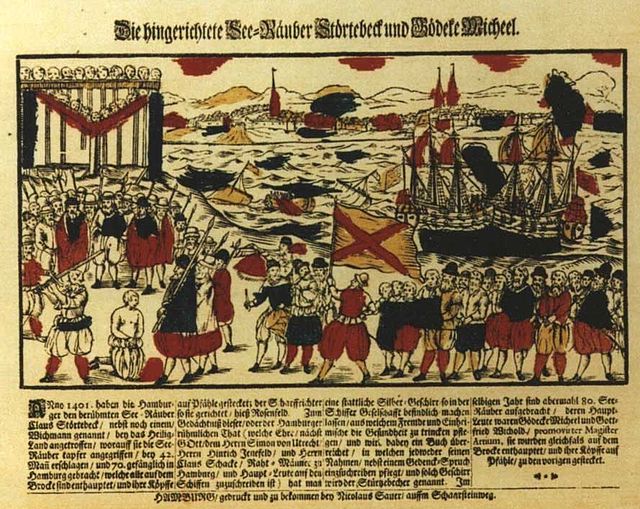Piracy in the Strait of Malacca
Piracy in the Strait of Malacca has long been a threat to ship owners and the mariners who ply the 900 km-long sea lane. In recent years, coordinated patrols by Indonesia, Malaysia, Thailand, and Singapore along with increased security on vessels have sparked a sharp downturn in piracy.
Strait of Malacca
A US merchant seaman takes aim during training to repel pirates in the Strait of Malacca, 1984.
Suspected pirates assemble on the deck of a dhow in waters off western Malaysia, January 2006.
Piracy is an act of robbery or criminal violence by ship or boat-borne attackers upon another ship or a coastal area, typically with the goal of stealing cargo and other valuable goods. Those who conduct acts of piracy are called pirates, and vessels used for piracy are called pirate ships. The earliest documented instances of piracy were in the 14th century BC, when the Sea Peoples, a group of ocean raiders, attacked the ships of the Aegean and Mediterranean civilisations. Narrow channels which funnel shipping into predictable routes have long created opportunities for piracy, as well as for privateering and commerce raiding.
A mosaic of a Roman trireme in Tunisia
A fleet of Vikings, painted mid-12th century
The Vitalienbrüder. Piracy became endemic in the Baltic sea in the Middle Ages because of the Victual Brothers.
"Cossacks of Azov fighting a Turk ship" by Grigory Gagarin







